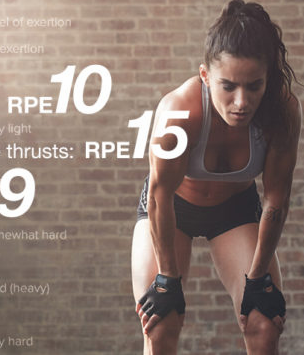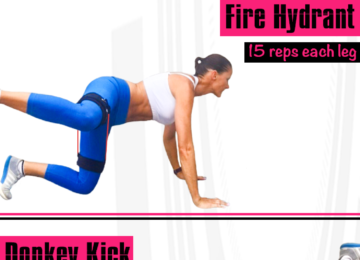For Cardio and HIIT
Once you get comfortable with the RPE scale, start assigning yourself session RPE goals for each workout. This doesn’t have to be complicated: if you discovered that Mondays are high energy days for you, take advantage of that by trying to hit a 17 consistently every Monday workout. If you’re performing steady-state cardio — say, an easy three-mile jog — you could aim to make the whole workout an 11 or 12.
For interval workouts — such as high intensity interval training (HIIT) — one oft-used approach is to perform your interval sprints at an increasing intensity, separated by rest periods of equal or greater duration. So you might start with a five-minute warm-up at a 10 RPE, then perform a one-minute sprint at a 13; drop back down to a 10 for two minutes; then perform a sprint at 15, and repeat in this manner, eventually maxing out with a full-blown, one-minute sprint at an 18 or 19 RPE. This is an especially effective approach when you’re doing outdoor cardio, like trail running or road biking, and have no other way to monitor your intensity.











